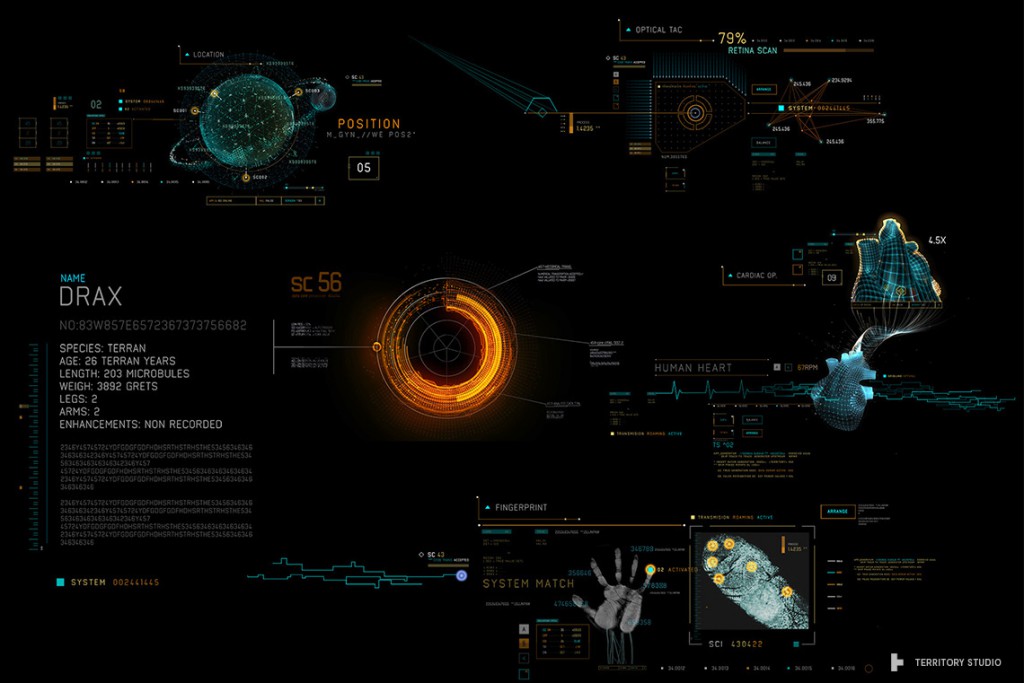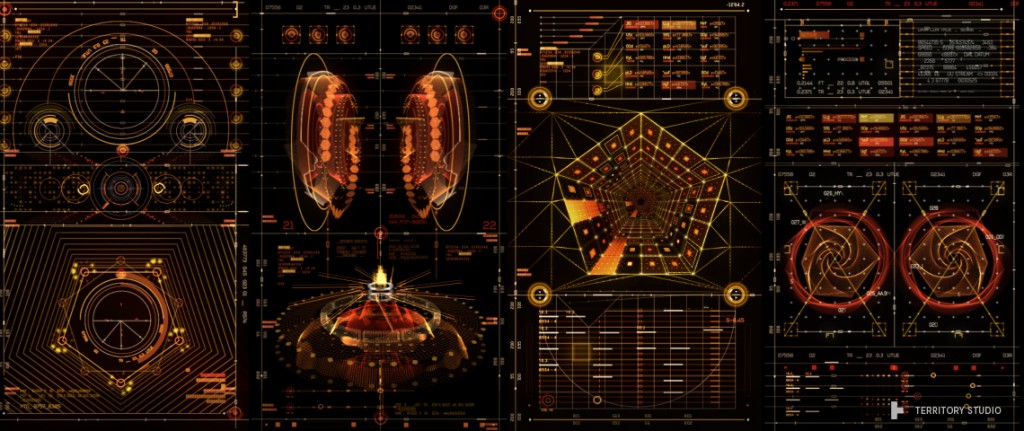I’ve been thinking of the effect of music, background noise or periodic sound events might have on a persons ability to learn and be productive and creative. I’ve long felt that music or sound helps with known repetitive tasks but what effects on short term or long term memory? Another question, are purposely created sound effects an aid in concentration? Some software features background sounds as an aid to concentration, is this effective? And if it is are some sounds better than others (ticking clock, nature etc).
Some reading.
A comparison of auditory and visual distraction effects: behavioral and event-related indices
Infrequent task-irrelevant deviations in the frequency of a tone may distract our attention away from the processing of task-relevant tone duration. The distraction obtained in the auditory paradigm is reflected in prolonged reaction times in duration discrimination and in P3a. The P3a is followed by a late negative component, which may be related to a re-orienting process following distraction (RON, re-orienting negativity). The present study aimed at comparing effects of the auditory and a corresponding visual distraction paradigm. Distraction elicited a deviance-related negativity which revealed a modality-specific distribution. It was followed by P3a (350-ms post-stimulus) and by RON (500-ms post-stimulus). RON did not occur with long-duration visual stimuli indicating a difference in visual and auditory distraction. Moreover, the results suggest that in both tasks irrelevant deviants were detected by modality-specific processes which caused an attention shift.
Can preference for background music mediate the irrelevant sound effect?
Research suggests that listening to background music prior to task performance increases cognitive processes, such as attention and memory, through the mechanism of increasing arousal and positive mood. However, music preference has not been explored with regard to a more common and realistic scenario of concurrent music and cognition, namely the ‘irrelevant sound effect’ (ISE). To examine this, serial recall was tested under quiet, liked and disliked music sound conditions as well as steady-state (repetition of ‘3’) and changing-state speech (random digits 1–9). Results revealed performance to be poorer for both music conditions and the changing-state speech compared to quiet and steady-state speech conditions. The lack of difference between both music conditions suggests that preference does not affect serial recall performance. These findings are discussed within the music and cognition and auditory distraction literatures.
Effects of Music on Cardiovascular Reactivity Among Surgeons
Objective. —To determine the effects of surgeon-selected and experimenter-selected music on performance and autonomic responses of surgeons during a standard laboratory psychological stressor.
Design. —Within-subjects laboratory experiment.
Setting. —Hospital psychophysiology laboratory.
Participants. —A total of 50 male surgeons aged 31 to 61 years, who reported that they typically listen to music during surgery, volunteered for the study.
Main Outcome Measurements. —Cardiac responses, hemodynamic measures, electrodermal autonomic responses, task speed, and accuracy.
Results. —Autonomic reactivity for all physiological measures was significantly less in the surgeon-selected music condition than in the experimenter-selected music condition, which in turn was significantly less than in the no-music control condition. Likewise, speed and accuracy of task performance were significantly better in the surgeon-selected music condition than in the experimenter-selected music condition, which was also significantly better than the no-music control condition.
Conclusion. —Surgeon-selected music was associated with reduced autonomic reactivity and improved performance of a stressful nonsurgical laboratory task in study participants.(JAMA. 1994;272:882-884)
Auditory distraction from low-intensity noise: a review of the consequences for learning and workplace environments
The ‘irrelevant sound effect’ in short-term memory is commonly believed to entail a number of direct consequences for cognitive performance in the office and other workplaces (e.g. S. P. Banbury, S. Tremblay, W. J. Macken, & D. M. Jones, 2001). It may also help to identify what types of sound are most suitable as auditory warning signals. However, the conclusions drawn are based primarily upon evidence from a single task (serial recall) and a single population (young adults). This evidence is reconsidered from the standpoint of different worker populations confronted with common workplace tasks and auditory environments. Recommendations are put forward for factors to be considered when assessing the impact of auditory distraction in the workplace.
A simulator study of the effects of singing on driving performance
This study aimed to investigate how singing while driving affects driver performance. Twenty-one participants completed three trials of a simulated drive concurrently while performing a peripheral detection task (PDT); each trial was conducted either without music, with participants listening to music, or with participants singing along to music. It was hypothesised that driving performance and PDT response times would be impaired, and that driver subjective workload ratings would be higher, when participants were singing to music compared to when there was no music or when participants were listening to music. As expected, singing while driving was rated as more mentally demanding, and resulted in slower and more variable speeds, than driving without music. Listening to music was associated with the slowest speeds overall, and fewer lane excursions than the no music condition. Interestingly, both music conditions were associated with slower speed-adjusted PDT response times and significantly less deviation within the lane than was driving without music. Collectively, results suggest that singing while driving alters driving performance and impairs hazard perception while at the same time increasing subjective mental workload. However, singing while driving does not appear to affect driving performance more than simply listening to music. Further, drivers’ efforts to compensate for the increased mental workload associated with singing and listening to music by slowing down appear to be insufficient, as evidenced by relative increases in PDT response times in these two conditions compared to baseline.
The following has a nice summary of some of the answers I am looking for.
Stress and open-office noise
Forty female clerical workers were randomly assigned to a control condition or to 3-hr exposure to low-intensity noise designed to simulate typical open-office noise levels. The simulated open-office noise elevated workers’ urinary epinephrine levels, but not their norepinephrine or cortisol levels, and it produced behavioral aftereffects (fewer attempts at unsolvable puzzles) indicative of motivational deficits. Participants were also less likely to make ergonomic, postural adjustments in their computer work station while working under noisy, relative to quiet, conditions. Postural invariance is a risk factor for musculoskeletal disorder. Although participants in the noise condition perceived their work setting as significantly noisier than those working under quiet conditions did, the groups did not differ in perceived stress. Potential health consequences of long-term exposure to low-intensity office noise are discussed.
Look around any open-plan office today (especially one full of younger employees) and you’ll see that many workers deal with this problem by wearing ear buds or headphones. Although it might seem that importing one’s own noise wouldn’t be much of a solution, experts say that this approach could be effective on at least one dimension. Part of the reason office noise reduces our motivation is that it’s a factor out of our control, so the act of asserting control over our aural environment may lead us to try harder at our jobs. But does having a constant soundtrack to your day also distract you from the task at hand? That depends on the task. Research shows that under some conditions, music actually improves our performance, while in other situations music makes it worse—sometimes dangerously so.Via




